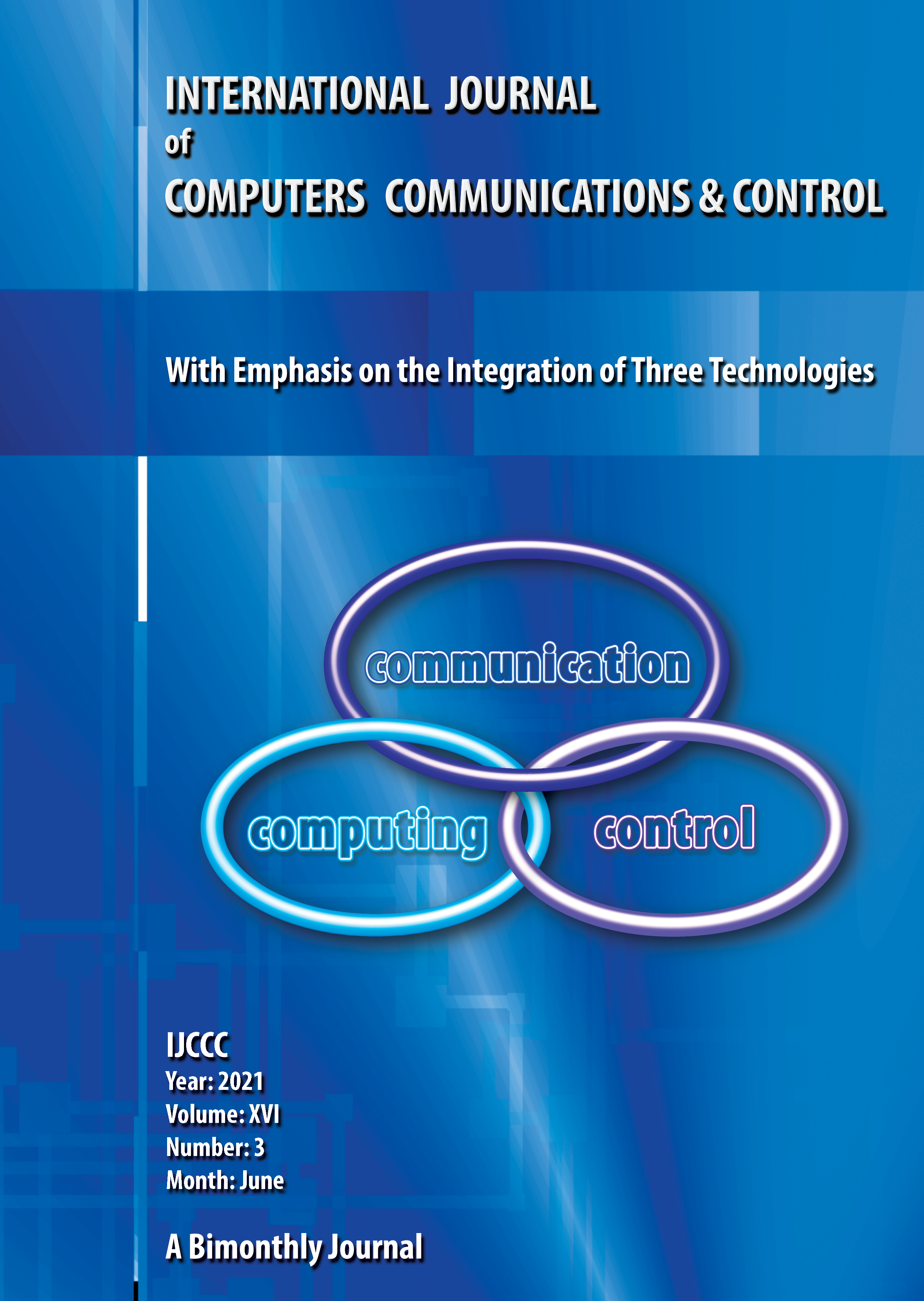Construction Method of Tender Document Based on Case-based Reasoning
Keywords:
compilation of tender documents, case-based reasoning, structured tender documents, non-interference sequence index, reference templates of tender documentsAbstract
The core activities of tender documents compilation are to collect similar historical tender documents, select compilation templates of tender documents and revise templates of tender documents partially. However, when the historical tender documents have accumulated to a certain amount, it becomes extremely difficult for compilers to summary, reuse and revise templates artificially in traditional compiling methods. Based on casebased reasoning (CBR), this paper studied the content recommendation method in the process of tender document construction. Firstly, a structured model of tender documents was constructed, and similar tender cases were retrieved from the tender case database according to the characteristics of tender cases; Secondly, the non-interference sequence index was used to measure the similarity of clauses used in similar tender cases, and the recommended sequences of reference template and content module of tender documents were constructed, which realized the recommendation of compiling templates of tender documents and partial revision of templates; Finally, the knowledge of the new tender case was updated. The empirical analysis shows that the construction method of tender documents based on case-based reasoning not only proposes a suitable strategy for compiling tender documents, but also improves the compilation efficiency of tender documents.
References
[2] Brook, M. (2004). Estimating and tendering for construction work, Butterworth- Heinemann, 2004.
[3] Cook, A.E. (1991). Construction tendering: theory and practice, BT Batsford, 1991.
[4] Chen, J.; Xue, G. (2006). How to avoid common problems in the compilation of tender documents, Coal Economy Research, (08), 42-44,2006.
[5] Compilation group of standard documents (2007). Standard construction tender documents of the people's Republic of China, China Planning Press, 2007.
[6] Fang, W.J.; Li, S.W.; Yuan, Y.; Wang, W.W. (2005). The research and application of case-based reasoning technology, Agricultural Network Information, (01), 13-17, 2005.
[7] Ho, C.; Chen, J.J. (2006). The Case-Based Reasoning System for Knowledge Management of Engineering Consulting Projects, 2006 International Conference on Computational Inteligence for Modelling Control and Automation and International Conference on Intelligent Agents Web Technologies and International Commerce (CIMCA'06), 234-234, 2006. https://doi.org/10.1109/CIMCA.2006.208
[8] Jiang, Z.S.; Chen, L.P.; Luo, N.M. (2007). Similarity analysis in nearest-neighbor case retrieval, Computer Integrated Manufacturing Systems, 13(06), 1165-1168, 2007.
[9] Leung, Y.T.; Parija, G.R.; Sharma, S. (2010). Diagnosis of equipment failures using an integrated approach of case based reasoning and reliability analysis, US, 2010.
[10] Li, F.G. (2007). Research on intelligent decision making technology based on optimized case-based reasoning, PhD thesis, Hefei University of Technology, 2007.
[11] Ling, J.Z. (2019). Compilation of tender documents, Science and Wealth, 000(012), 122, 2019.
[12] Padraig, C.; Barry, S. (1994). A comparison of model-based and incremental case-based approaches to electronic fault diagnosis, Respiratory Medicine, 94(12), 1184-1191, 1994.
[13] Rissland, E.L.; Skalak, D.B. (1989). Combining case-based and rule-based reasoning: a heuristic approach, Proceedings of the 11th International Joint Conference on Artificial Intelligence - Volume 1 (IJCAI'89), 524-530, 1989.
[14] SAMUEL, L. (2011). Quality of tender documents: case studies from the UK, Construction Management & Economics, 29(1-3), 275-286, 2011. https://doi.org/10.1080/01446193.2010.540019
[15] Sun, A.H. (2019). Measures to improve the compilation process of enterprise tender documents, Tax Paying, 13(03), 291-292, 2019.
[16] Tang, J. (2019). Ideas and methods of machine writing tender documents, Tender Procurement Management, (09), 43-46, 2019.
[17] Wang, R. (2013). Design and development of electronic tender documents compilation system-Exploration of Baohua Tender's Second Generation Electronic Tender Platform, China Tender, (31), 22-25, 2013.
[18] Wu, S.; Wang, Q.; Jiang, M.; Wei, Q. (2013). Clustering algorithm of categorical data in consideration of sorting by weight, Journal of University of Science and Technology Beijing, 35(08), 1093-1098, 2013.
[19] Xiong, K.L. (2020). Research on machine writing based on deep learning, Master's thesis, Shanghai Normal University, 2020.
[20] Ye, H.Y. (2019). Problems and countermeasures in the compilation of project tender documents, Architecture, building Materials and Decoration, 000(008), 141, 109, 2019.
[21] Yu, J.X.; Zhang, C.; Wu, J.Q. (2019). Design and development of tender document compilation system for power industry engineering services, Enterprise Reform and Management, 000(002), 206-207, 2019.
[22] Zhao, W.G. (2014). The importance of the consolidation of tender document model in electronic tendering, China Science and Technology Vertical and Horizontal, 000(014), 233-234, 2014.
Additional Files
Published
Issue
Section
License
ONLINE OPEN ACCES: Acces to full text of each article and each issue are allowed for free in respect of Attribution-NonCommercial 4.0 International (CC BY-NC 4.0.
You are free to:
-Share: copy and redistribute the material in any medium or format;
-Adapt: remix, transform, and build upon the material.
The licensor cannot revoke these freedoms as long as you follow the license terms.
DISCLAIMER: The author(s) of each article appearing in International Journal of Computers Communications & Control is/are solely responsible for the content thereof; the publication of an article shall not constitute or be deemed to constitute any representation by the Editors or Agora University Press that the data presented therein are original, correct or sufficient to support the conclusions reached or that the experiment design or methodology is adequate.








